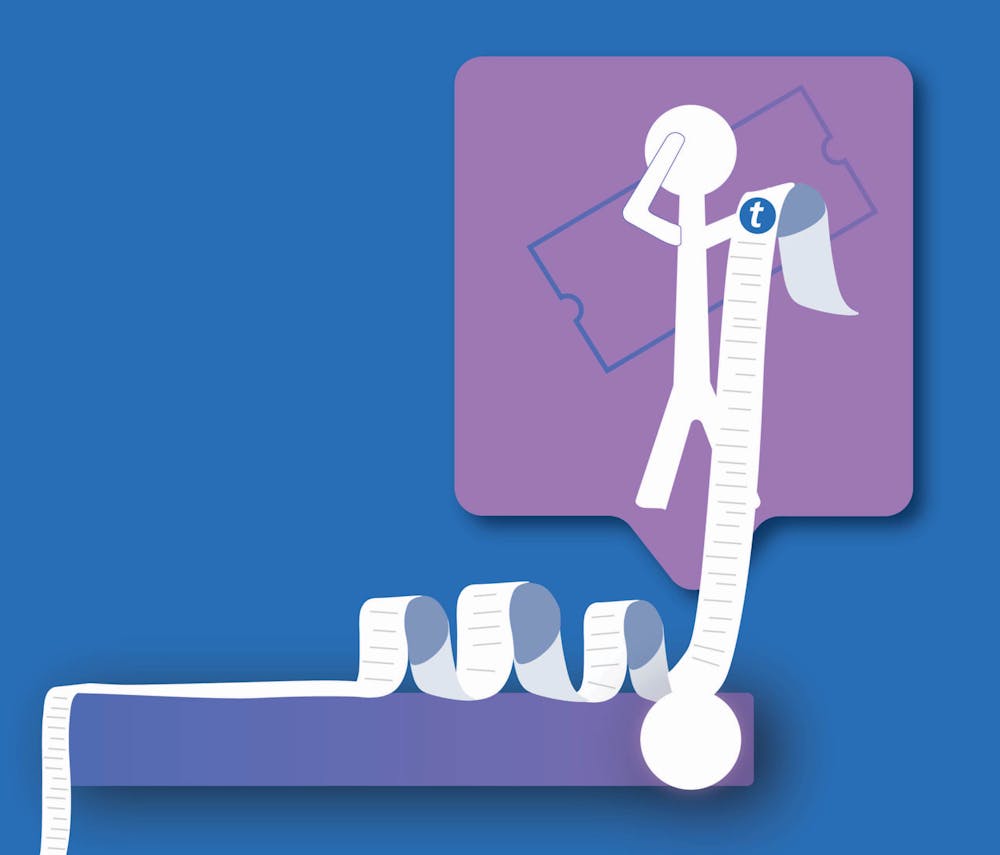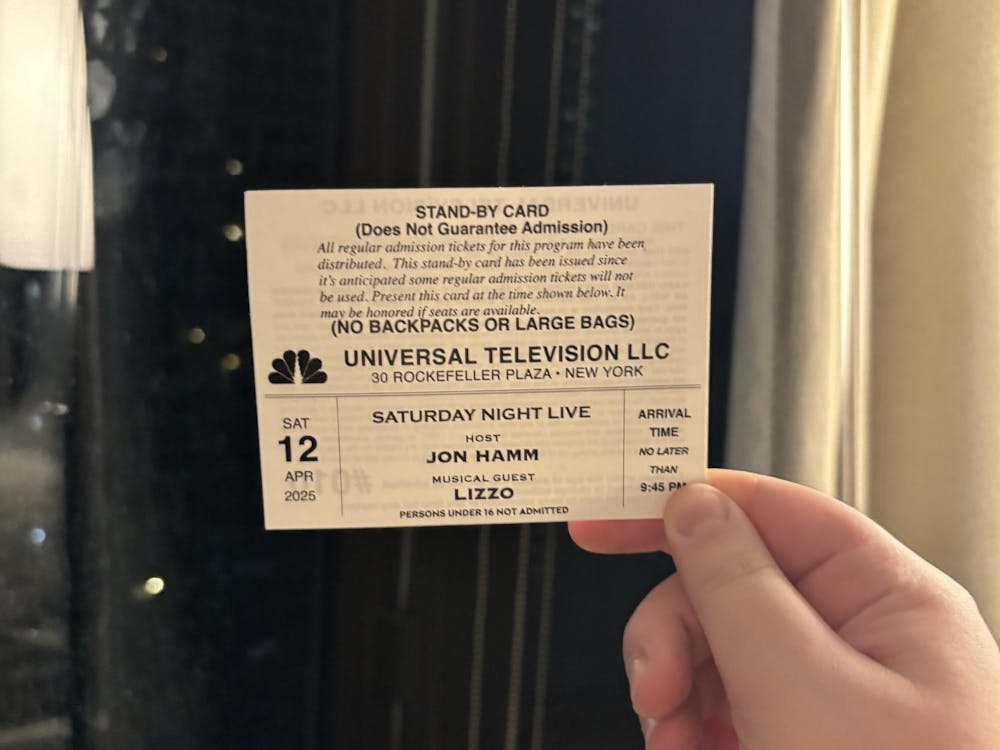As COVID-19 dissipates and people return to their everyday lives, concerts continue to gain popularity.
Prominent artists like Olivia Rodrigo, Drake and Lana Del Rey are going on tour, drawing in tens of thousands of audience members per show. But as the concerts get bigger, so does the price tag.
Inflation rates are through the roof right now, with general admission tickets often costing more than $200 to see major artists. Regardless of these prices, people continue to see artists live, with Taylor Swift having such a significant turnout at her concerts that it boosted the local economy in cities where she performed.
“The fundamental issue is that there is one Taylor Swift … So what we have is a monopoly situation. Taylor Swift has a monopoly over being Taylor Swift,” said Charles Moul, an economics professor at Miami University. “Beyoncé has a monopoly over being Beyoncé, and as a monopoly, standard competitive models don’t apply, and we are in a situation where ticket prices will reflect that.”
Most people do not buy tickets directly from the artists but rely on platforms like Ticketmaster, StubHub and SeatGeek when purchasing tickets. In addition to paying the prices set for the tickets by the artist's managing company, there’s an added 20-30% in fees. Platforms like these can get away with such hefty upcharges because there’s ease to their service, which has caused them to take over the industry.
Ashley Sterling, a first-year kinesiology major, recently purchased tickets to Dean Lewis and Noah Kahan's performances in Columbus through StubHub.
“I chose the StubHub platform because of its convenience when purchasing tickets,” Sterling said. “It was the first option when you put it into Google and offered the lowest prices for the venue. I didn't necessarily look into other options when obtaining my tickets.”
The cost of seeing one of these big-name artists is equal to paying for two, three or even 10 smaller artists. Concerts have become more than just playing acoustic instruments with a few speakers scattered around the crowd and are now theatrical performances.
“Concerts have become increasingly complex over the last 50 years,” Moul said. “When I heard about all the synching of technology, connecting of the wrist bands and the phones, and all of the three-dimensional graphics and everything, all I could think was that someone has to pay for that.”
Now that concerts are out of the average college student's comfortable budget, it’s more of a rarity to be able to attend shows.
Still, some students believe spending a little extra on lights and cameras makes the experience worth a few extra bucks out of your pocket.
Thomas Patton, a first-year finance major, attended the Railbird Music Festival in Lexington, Kentucky, where artists like Tyler Childers and Zack Bryan headlined.
Enjoy what you're reading?
Signup for our newsletter
“When you are at concerts, you know the music and can open Spotify or Apple Music and listen to the artist any time,” Patton said. “But when you have light shows and other effects when artists perform, they speak to and get the crowd involved. It puts into perspective why you spent the money attending the concert.”
The price of tickets not only reflects the flashy lights, security and venue, but also reflects the artist's limits. Even though we all idealize superstars, they are still people and have physical and mental maximums when performing. Artists don’t have the stamina to perform every day, which causes the price tags to rise to make up for that cost.
“It's a free market; if Taylor Swift can make millions, every concert will benefit her,” said Lisa Ericksen, a professor of music at Miami’s Center for Performing Arts. “If she were offering $50 tickets, she would have to spend three weeks in Cincinnati, and vocally, for her to do 45 songs or however many she does in a show is hard on your body.’
As the popularity surrounding concerts rises, lesser-known artists with small fan bases are overshadowed. The smaller venues become more challenging, and the news is plastered with the same five familiar faces.
“There needs to be a place for those tier two through 10 artists to have smaller venues, not expect to do crazy tech shows and just show their art for what it is,” Ericksen said. “Say a Miami student has so much money for spending. Well, they want to see Taylor Swift or Harry Styles, and then they won't have as much money to see somebody who is maybe at the Taft Theatre in Cincinnati.”
Prices may fall as the thrill of spending after the end of COVID-19 slows down, but there is no guarantee of what will happen. For now, prices will stay high as long as there are limited seats in venues and the demand for these artists stays put.




